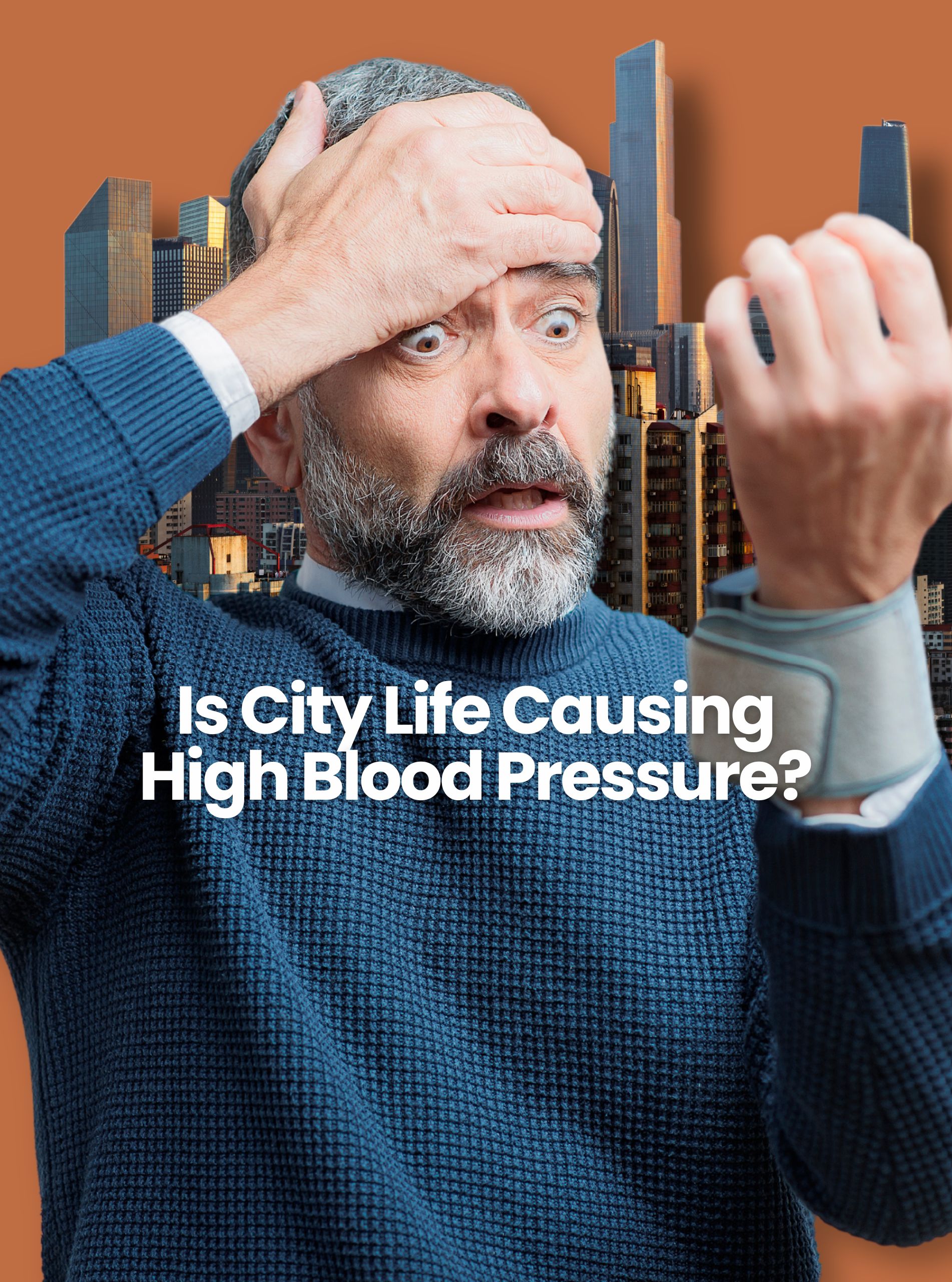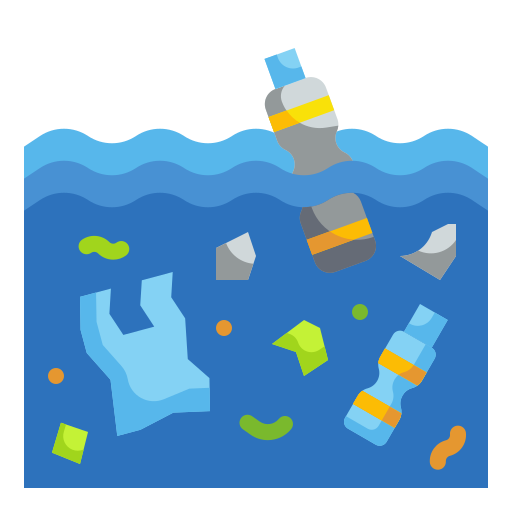



Although urban living offers an abundance of job opportunities, economic activities, healthcare, infrastructure, and facilities, choosing to live in the city inevitably heightens your risk of non-communicable diseases (NCDs). In this article, we scrutinize the stressors and the swift pace of urban living, and how they directly contribute to the escalating prevalence of hypertension.

Hypertension stands as one of the foremost causes of life-threatening complications, including heart attacks, strokes, renal failure, and premature death. Its prevalence accounts for approximately 27% in the Southeast Asian region. At a closer look, the national prevalence of hypertension among Malaysian adults stands at around 30%, with rates increasing with age according to the National Health and Morbidity Survey (NHMS 2019) report.

Urbanization presents both opportunities and risks. While it facilitates access to quality healthcare services, overcrowding in cities also spawns deleterious health effects. Several factors contribute to the heightened risk of NCDs, particularly hypertension, among city dwellers.

Unhealthy lifestyles significantly contribute to hypertension through poor dietary choices, sedentary habits, smoking, and alcohol consumption. Within the fast-paced milieu of urban life, individuals often opt for quick, energy-rich meals, disregarding their nutritional value. Processed foods, prevalent in urban settings, often boast high salt content, exacerbating hypertension. Shockingly, one in two adults in Malaysia is either obese or overweight, with physical inactivity emerging as a significant risk factor for NCDs, including hypertension. Amidst the hustle and bustle of city life, individuals should prioritize engaging in physical activities, whether in parks or within the confines of their homes. Proper urban planning plays a crucial role in promoting active and healthy lifestyles by creating ample spaces for outdoor recreation.

Research indicates that psychosocial stress significantly influences hypertension incidence. Psychosocial stress stems from various urban stressors such as congestion, crime, and pollution, which impact lifestyle choices, living conditions, and socioeconomic status, thereby elevating stress levels. Moreover, prioritizing lifestyle aspirations over basic needs often exacerbates financial strain, further contributing to stress and, consequently, hypertension risk.

Tobacco and excessive alcohol consumption serve as well-documented risk factors for hypertension. Despite its adverse effects, smoking is often embraced as a coping mechanism for stress, especially in urban settings. Paradoxically, smoking exacerbates hypertension risk, particularly among urban populations. Similarly, excessive alcohol intake also contributes to hypertension.

In conclusion, urban living presents a dichotomy of advantages and disadvantages. While we must adapt to the demands of our dynamic urban environments, it is imperative to prioritise a healthy lifestyle to mitigate the risk of NCDs. Only by striking a balance between adaptation and health-conscious living can we truly savour the rewards of urban life.
Life Care Diagnostic Medical Centre Sdn. Bhd. 200401034597 (673106-V)
Bangsar South
WhatsApp: 0122343610
1st Floor, Wisma Lifecare,
No. 5, Jalan Kerinchi, Bangsar South,
59200 Kuala Lumpur
Cheras South
WhatsApp: 01127213620
19A-2 & 19B-2, Block E, Kompleks Komersil Akasa,
Jalan Akasa, Akasa Cheras Selatan,
43300 Seri Kembangan, Selangor
Operating Hour:
Monday – Friday: 8.00am – 5.00pm
Saturday: 8.00am – 1.00pm
Sunday & Public Holidays: Closed
